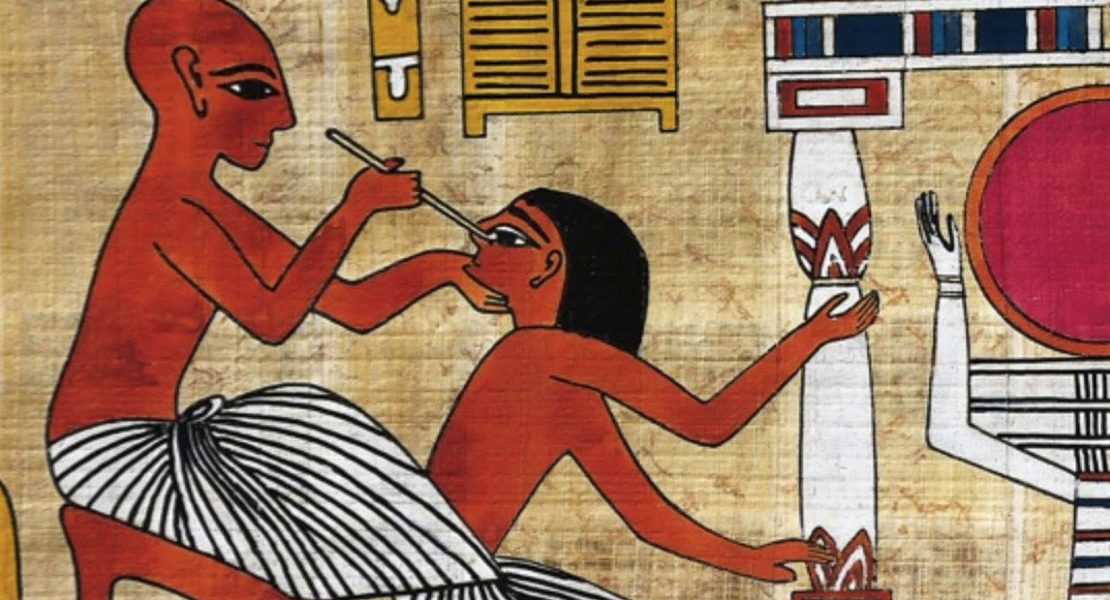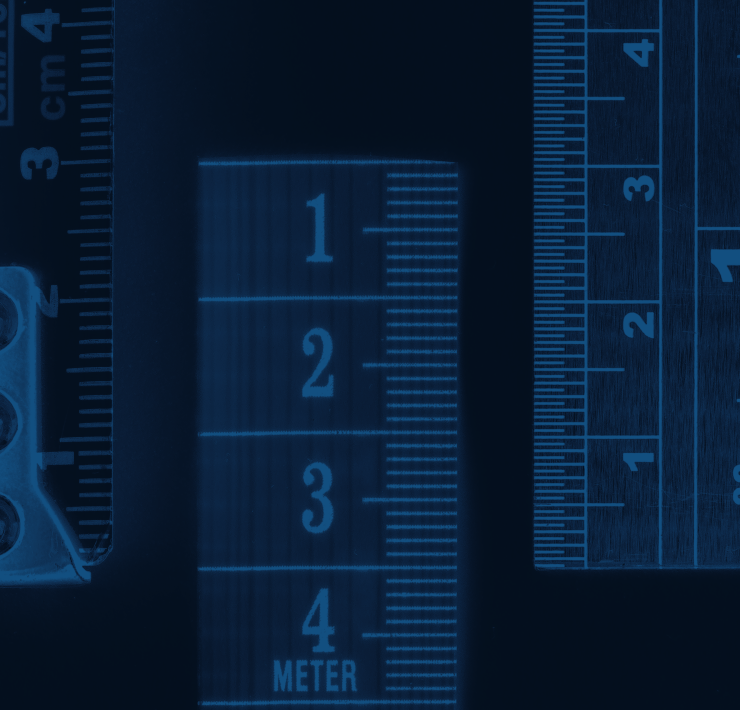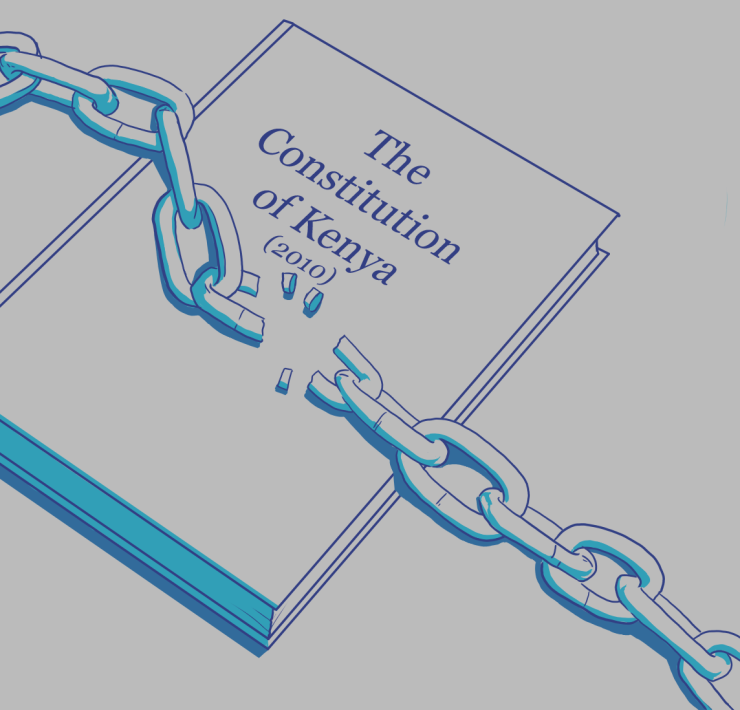Like many words in the English dictionary, ‘medicine’ is derived from a Latin word, medicina, meaning the art of healing. Though, despite the origin of the word, the history of medical practice is traced to the Ancient Egyptian civilization (3300 and 525 BCE).
A structured and civilized society of its time, this period is remembered for its mathematics and written language, common tools that made the recording and developing of ideas possible. With documented information, future generations could learn from them, and even improve on the ideas. But beyond mathematicians and writers, ancient Egyptians were also traders, healers, and were widely known as embalmers.
On matters relating to health and wellbeing, the ancient Egyptians resorted to prayer as a solution to ailments. They further relied on natural treatments such as herbs. Back then, there was a common belief that illnesses were traced to spirits blocking channels within the body, thus affecting its regular system. These beliefs steered their trust to Heka – the god of magic and medicine, and Sekhmet – a warrior goddess known for her healing ability. Sekhmet’s healing process consisted of prayer, various kinds of magic, though most times, she advised her patients to wear amulets.
Much like today, Ancient Egyptians suffered from a variety of illnesses. Cases of common cold, bilharzia, malaria, trachoma (eye infection), dysentery, pneumonia, heart disease, liver stones, ovarian cysts were the more common, everyday illnesses. The growing list of ailments likely elicited a number of Ancient Egyptians into the study of medicine.
The senior-most Egyptian medical practitioners were known as Wabau, and even in the health system then, there were ranks and specializations. The Wabau would either work as inspectors of doctors, or overseers, or chief doctors.
The frequently practiced embalming process gave the Wabau a great understanding of the human anatomy, since it involved removing most internal organs such as the brain, lungs, the heart, liver, spleen, pancreas and or the intestines. Though according to some sources, embalming did not stimulate the study of human anatomy. This is however contrary to Ancient Egypt’s information on most historical platforms. Nonetheless, it is safe to say that the Egyptians’ extensive knowledge of human anatomy boosted their continuous desire to learn more about health and medicine.
The Egyptian Priests are said to have been the first Wabau, with High Priest Imhotep (2267 – 2648 BCE) as Egypt’s first recorded physician. In his tenure, he diagnosed and treated more than 200 diseases that affected the abdomen, the bladder, eyes, the mouth and the rectum to name a few. Before long, scribes joined the bandwagon, documenting medical procedures and treatments as they went along.
An interesting note is that the medical profession in this civilization wasn’t limited to men. Women from as far back as the Early Dynastic Period were physicians. Merit Ptah is named one of the first female physicians in world history; she worked as the Royal Court’s chief physician (2700 BCE). There is also mention of a woman called Peseshet (2500 BCE) who is cited as the first Lady Overseer of Physicians in Ancient Egypt.
As Ancient Egypt produced more medical experts, and more records were examined and improved on, diseases were eventually classified into three categories: those that were treatable, those that were untreatable, and those that were contestable.
Two commonly known written records which contain details of medical practice in Ancient Egypt are the Ebers papyrus – a scroll estimated to have been authored around 1500 BCE, and the Edwin Smith papyrus that dates back to 1600 BCE. The Ebers scroll includes more than 700 magical spells and remedies. It further lists the heart as the centre of blood supply, mentions mental disorders, and includes chapters on pregnancy and contraception, dentistry, dermatology, and intestinal disease. The Edwin Smith scroll on the other hand, listed treatments of wounds and various injuries.
Modern medicine has benefited greatly from the Wabau’s efforts. Take the scrolls for instance. Egyptians had knowledge of the narcotics in natural herbs that could be used to relieve pain: mint was then (and still is) used as a treatment for gastric ailments, while aloe vera was and continues to be used as a skin soother. According to findings by two medical experts, Egyptian physicians used mouldy bread as an antibiotic. Then there were surgical processes such as amputations and giving people prosthetic limbs. The scrolls listed pomegranates as the ideal medicine for ‘snakes’ (worms) in the digestive system, and modern scientists confirmed that pomegranates can in fact be used to treat intestinal parasites such as tapeworms, roundworms and pinworms.
In dentistry, ancient Egyptians proved to be dental masters through successful extractions of teeth and the crafting of dental bridges. A study by the British Dental Journal found early dental bridges on ancient Egyptian skulls and mentioned Hesyre (or Hesy-Re; 2650 BCE), an Egyptian, as the world’s first recorded dentist.
Much more can be said about the premier of medicine in Egypt, and the successes of then – but the practice was not without errors. For instance, while Wabau found the heart to be the supplier of blood throughout the body, they also considered it to be the source of other body fluids such as tears and urine. Clearly incorrect. All in all, this historical account shows that medical practice was (and if you think about it, still is) at its core, an art – one designed to heal.







